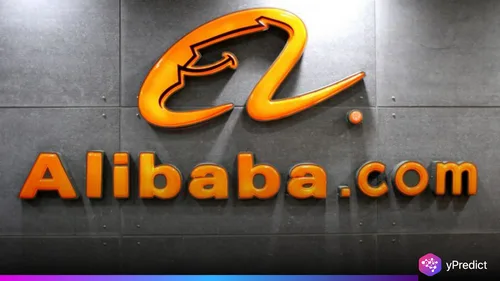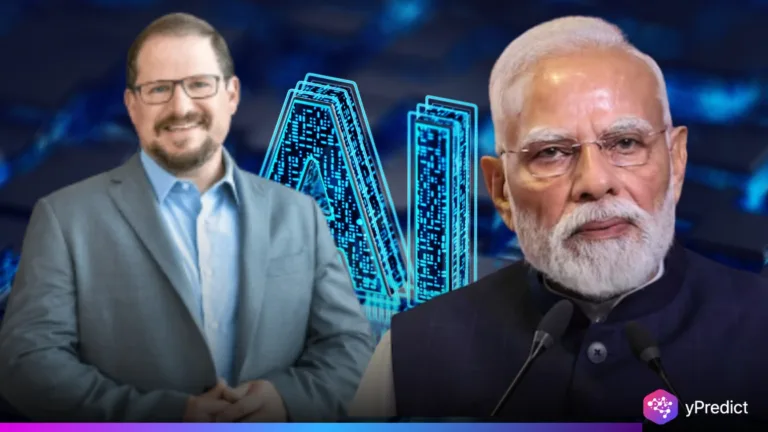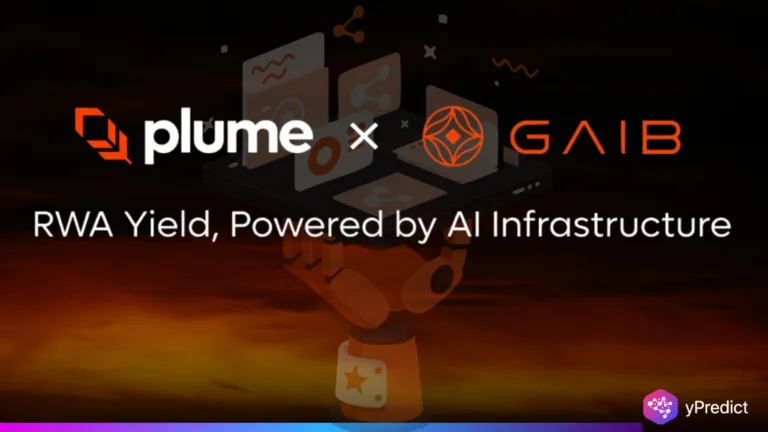
Artificial intelligence in 2025 is progressing rapidly, with Alibaba Group making sure it is at the core of the revolution. The company recently announced what may be the largest and most significant Alibaba AI upgrades yet, including trillion-parameter large language models, multimodal systems that think across modalities, and even code generation directly from images. These confirmed Alibaba’s ambition to be a leader in AI innovation globally and create competition with the big tech companies in both the East and the West.
This announcement also shows how quickly the AI race is developing. Whether it is generative tools or enterprise-grade AI, new capabilities and tools are changing the benchmarks around scale, efficiency, and creativity. Upgrades from Alibaba are a huge step forward, but they are also changing how people, businesses, and machines will interact. They are focusing on multimodal reasoning, efficiency at scale, and applications. These elements will enable Alibaba to be a heavyweight in the digital economy.
Trillion-Parameter LLMs Push the Boundaries of Scale
At the center of these enhancements is a trillion-parameter LLM, which is a model unlike anything before it in terms of analyzing very large volumes of information at never before seen speed and depth. This kind of scale means far more nuanced reasoning, richer contextual understanding, and heightened adaptability across languages and domains.
These trillion-parameter systems are designed to handle complex real-world queries, unlike previous era models, ranging from scientific problem-solving to enterprise-grade automation. With the scale represented, these moves represent not only the ability for Alibaba to compete against global AI leaders, but also provides a new standard for what performance can be. With this, Alibaba has become a very formidable global AI player.
Multimodal AI Models Enable Cross-Domain Thinking
One of the most striking features of the Alibaba AI upgrades is the introduction of multimodal AI models. These systems go beyond text and integrate video, images, and audio to create unified intelligence. In simple terms, they “think” across formats, making interactions with machines more natural, flexible, and powerful.
This innovation will have wide-ranging applications. For example, businesses can analyze customer sentiment using voice, video, and text together. Educational tools can become more interactive, blending visual explanations with contextual answers. Even entertainment will benefit, with AI models capable of generating dynamic multimedia experiences. Alibaba is paving the way for a new standard where AI is not just a tool but a creative partner.
Code-from-Images: A Leap in Developer Productivity
Another feature of this announcement is the ability to create code-from-images. This feature takes a screenshot, diagram, or other design mockup and turns it into working code. For developers, this can significantly decrease the time it takes to prototype and accomplish coding work.
This focus on code-from-images supports Alibaba’s broader strategy for building AI that is not only more powerful, but more usable. Code-from-images enables ideas to be transformed quickly into working solutions, which at a minimum allows businesses and startups to innovate faster, and save money. On a higher level, AI can handle the repetitive aspects of the coding process, which frees developers to spend their time on higher-level design.
Global AI Race and Alibaba’s Strategic Edge
These developments are not occurring independently. They are part of a larger worldwide race in which each technology giant attempts to outdo each other in AI research and implementation. Alibaba is staking its claim as a serious opponent to American and European institutions with its trillion-parameter LLM and multimodal AI models.
The company advantages arise from its large ecosystem. From e-commerce to cloud computing, it has large users and therefore vast datasets to feed and improve its AI models. This allows for updates to be more than just academic-level advances – they are technologies that can be quickly used as part of real-world solutions.
The Road Ahead for Alibaba AI
The Alibaba AI upgrades are about more than incremental advancement. They signify a shift to the next generation of AI, the one where machines communicate, create, and work with humans in different contexts. The trillion-parameter LLM demonstrates strength at scale, the multimodal models redefine flexibility, and the code-from-images tool exemplifies innovate practicality.
As the AI ecosystem matures, Alibaba’s emphasis on both scale and usability could be a determining factor. By merging elite research with everyday practice, the organization is poised to impact industries ranging from education to software development to health care to entertainment.






